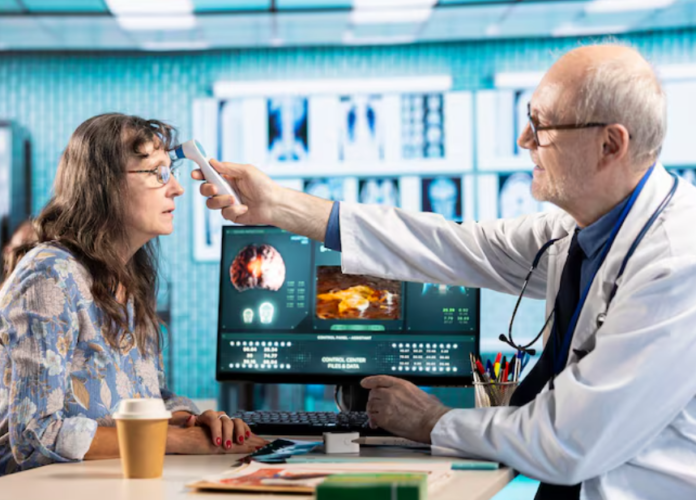Companion diagnostics multi-omics, a new method that combines genomes, proteomics, metabolomics, and transcriptomics, is changing the way healthcare works massively. This integration allows scientists and doctors to enhance their comprehension of ailment reasons, rely on patient reactions, and tailor treatments more successfully than ever earlier than. Companion diagnostics multi-omics gives doctors a data-driven, patient-centered guide for making medical decisions instead of a one-size-fits-all strategy.
- Combines several omic layers to create a complete disease profile
- Allows for early and precise detection of complicated disorders
- Improves individualized treatment plans
What Composite Biomarker Algorithms Do in Predictive Medicine
In the era of data-driven healthcare, composite biomarker algorithms are essential for predictive analytics. These algorithms put together several biomarkers into one predictive model, which makes diagnosis and therapy more accurate. When combined with Companion diagnostics multi-omics, they form a synergistic framework that speeds up drug development and clinical decision-making.
Composite biomarker algorithms can use big biological datasets to guess how a disease will progress, how a medicine will work, and how likely a patient is to get sick. Because they can change, they can keep learning and improving results as more data comes in. This maintains precision medicine, bendy and open to new findings. Nexomic uses these algorithms to make biomarker-based assays more dependable and predictive in complex clinical environments.
- Makes biomarker-based assays more dependable
- Makes scientific trials less uncertain
- Helps hospitals and labs make decisions in real time
The Strength of Integration: Combining Data and Biology
The real energy of Companion Diagnostics’ multi-omics comes from the convergence of computational intelligence and molecular biology. This integration isn’t just much gathering facts; it is also about making sense of it by using advanced analytics and system studying. When mixed with Composite biomarker algorithms, the final results are an environment of actionable data that can change how patients are cared for from reactive to proactive.
These algorithms can look at terabytes of patient data in a matter of minutes and find connections that the human eye can’t see. Healthcare professionals can use AI-driven insights to predict health problems before they happen, customize treatments, and keep an eye on how well treatments are working in real time. Nexomic’s platform exemplifies this by merging data science with biology to deliver real-time, predictive healthcare intelligence.
- AI-driven data analytics make clinical accuracy better
- Predictive insights aid with preventive healthcare
- Integration helps precision medicine grow and last throughout time.
Giving doctors real-time information to make decisions
Companion diagnostics, multi-omics, and Composite biomarker algorithms have a huge effect on clinicians in the real world. These technologies give doctors the power to make smart, data-driven choices when they are with patients. Instead of waiting for long lab results or only using traditional markers, doctors can now get integrated omic data and algorithmic predictions right at the bedside.
These kinds of real-time analytics change how doctors prescribe and change therapies. When every patient’s organic information goes right into a dynamic algorithmic version, treatment turns into surely personalized. It’s now not about averages for the future; it is approximately treating every affected person as a unique natural device. Nexomic empowers clinicians to make these decisions faster and with greater accuracy, enhancing trust and transparency in patient care.
- Helps make selections primarily based on data quicker
- Predicts how sufferers will react to the treatment to decrease the chance of adverse reactions
- Builds accept as true with through being open and clear with data
Conclusion
The destiny of healthcare depends on the precise combination of biological depth and computing electricity. Companion diagnostics, multi-omics, and Composite biomarker algorithms are all examples of a shift towards patient-centered, data-driven care. This new platform does not merely have a look at information; it learns, changes, and gives useful data at every degree of care. To learn more about the destiny of multi-omic precision intelligence, go to nexomic.com, wherein the next era of medication will see innovation and effect come together.

